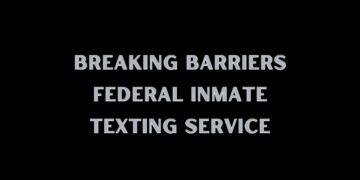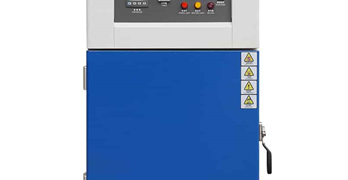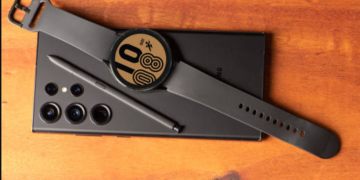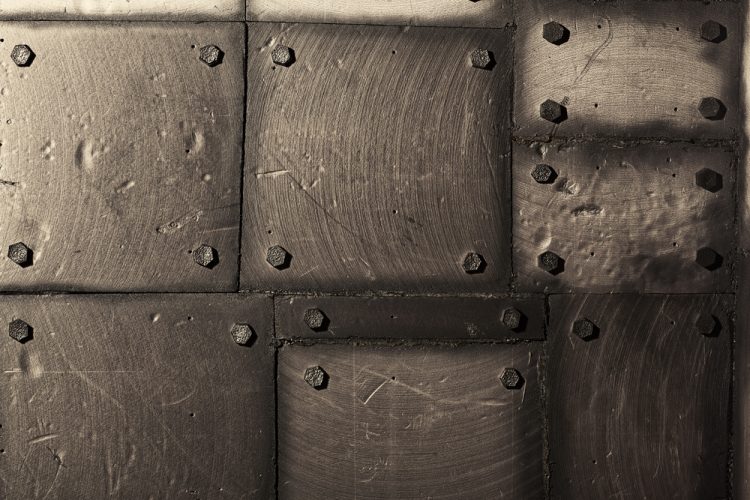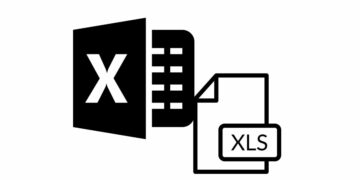When fusing two pieces of sheet metal, you must know what type of joint you’ll end up with. Rivets are strong and can hold up under heavy loads, but they require extra steps during fabrication. Welding is faster, cheaper, and easier to do, but the welded joints aren’t nearly as durable.
Both are popular methods used by sheet metal fabrication services providers. But how do you know which one is right for your project? Here’s a quick guide to help you choose between riveting and welding.
- What is Riveting?
Riveting is a process of joining two or more pieces of metal together by using a series of small, overlapping holes. The holes are then filled with rivets, which are small metal pins that expand when heated, creating a strong bond between the two pieces of metal.
Today CNC machines participate in the riveting process. CNC riveting is a process where rivets are placed into holes that have been drilled or punched into metal parts. A CNC machine then inserts the rivet into the hole and clinches it in place. This process can be used to join two or more pieces of metal together. Riveting is a fast and strong way to join metal parts together. It is often used in the construction of aircraft, automobiles, and other metal structures. Riveting is also used in the repair of metal objects.
- Riveting: Pros and Cons
Pros
- They’re cheaper than welding equipment.
- Your two parts don’t have to be made of the same kind of material.
- You do less damage when you take out a rivet than when you take out a welded joint.
- Rivets are easy to put in place and don’t need to be cleaned up afterward.
- Some rivets are self-protected from Corrosion caused by any chemical or environmental reason.
- There is minimal impact on the components’ protective finishes.
- It can be done on any type of metal, including iron, steel, aluminum, copper, brass, bronze, nickel, titanium, etc.
Cons
- There is a lot of time and effort required for riveting.
- Connecting parts must overlap or add a cover plate for butt joints.
- We need to predrill the holes.
- During this process, we established a noisy method and a leaky joint.
- An unhygienic procedure and an unreliable joint get set up.
- Rivets add more weight to a structure, while holes make it less stable.
- What is welding?
Welding is a process of joining two pieces of metal together by heating them to a molten state and then cooling them so that they fuse together. Welding is used to join two metal parts together.
In order to weld, one must heat the metals until they reach a certain temperature. When heated, the metals fuse together, creating an alloy. The process can be done manually, with gas torches, or with electric arc welding equipment. Electric arc welding is often used because it produces fewer fumes and requires less training to operate.
The welding process starts with applying high temperatures. The gap between the parts is then filled with molten metal. After cooling down, the joint becomes stronger than the original materials. Next, the weld pool is pressed into shape to create a solid bond.
4. The Pros and Cons of welding.
Pros
- Welded parts are more aesthetically pleasing than rivets.
- Riveted joints are heavier than welded joints.
- Welded parts look more aesthetic than rivets.
- Joints that don’t leak are put in place.
- The joints are more robust than rivets.
- You can perform this process on metal with any thickness.
Cons
- It needs people with a lot of training and supervision.
- It is a slow process.
- Porosity is a problem with welding and needs extra precautions.
- Welding is a costly process.
- You can not apply welding to all metals.
Their Applications
Riveting
- Aerospace uses riveting because of its lightweight and strong shear strength.
- Plywood cases, photo frames, hinges, etc.
- Metal buildings, fiberglass roofing, bridges, etc.
- Most kitchenware uses riveting. Cookware, utensils, etc.
- Riveting lets jewelry makers attach pieces without soldering or heat.
- Some metals won’t weld at high temperatures. Then, riveting is used.
- To join dissimilar sheets.
Welding
- Arc welding is the most common type of welding. It uses an electric arc to create heat, which melts the metal and allows it to be joined together.
- Oxy-fuel welding is typically used for larger projects, such as welding pipes or structural steel.
- Gas welding is perfect for projects like steel for structures and similar large projects.
Conclusion
We hope this article on Riveting Vs. Welding was helpful to you. Both are very handy methods for joining metals, but you have to understand which to choose for your project. And you should pick the manufacturer and workers wisely because both processes need a certain amount of knowledge and working experience. Maybe you are interested in king von autospy.
Source by geekinsider.com



